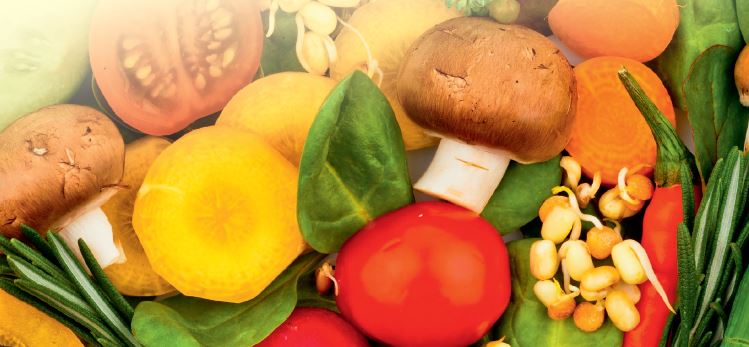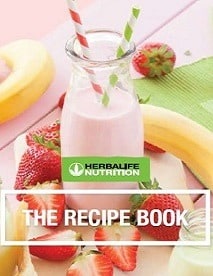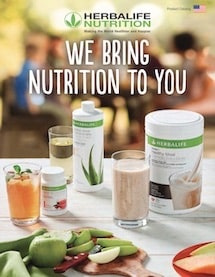Empty Calories
Simply put, empty calories are calories in your foods that are – for the most part – empty of significant nutritional value. But these empty calories can rack up very quickly. Most fats and added sugars are considered “empty” because they don’t offer your body much – if anything – in the way of vitamins, minerals, phytonutrients or fibre. What they do offer is a fast track to a bigger belly, hips and thighs. So don’t let the expression fool you – empty calories are anything but.

Swap Empty Calorie Foods for Nutrient Dense Foods
Taking in extra calories that you don’t need is only one problem with empty calorie foods – there’s another equally important issue. When you fill up on fatty, sugary foods, they take up space in your stomach – squeezing out room for all those good-for-you foods that provide the healthy nutrients your body needs. So here’s the solution in a nutshell: since empty calorie foods have lots of calories and very little nutrition, you want to shift your focus towards foods that are exactly the opposite.
You want to eat more foods with an abundance of nutrients with a relatively low calorie cost. These “nutrient dense” foods – like vegetables, fruits and lean proteins – offer up plenty of nutrition and they’re filling, but they won’t break your calorie bank.
Nutrient dense foods are pretty easy to spot. Since fats are so calorie dense (there’s about 40 calories in a teensy pat of butter), swapping high fat items for low fat ones is an easy way to increase your nutrient density and cut out some empty calories.
Simple swaps – like replacing whole milk with semi-skimmed, or cooking with minced turkey breast instead of beef – are a great way to start. Another clue to nutrient dense foods is their water content.
Water adds volume – but no calories – to foods like fruits and vegetables, which makes them relatively low in calories and filling. And, they also happen to have an abundance of vitamins, minerals, phytonutrients and fibre. So, you might want to start your meal off with a leafy green salad or a vegetable soup – and begin to fill up on low calorie items. Snack on whole fruits and vegetables, and add vegetables to as many foods as you can when you cook – like soups, stews, casseroles and pasta sauces – to pump up the volume and the nutrition.
Written by Susan Bowerman, MS, RD, CSSD.
Source: Aspire UK – Issue 179.










